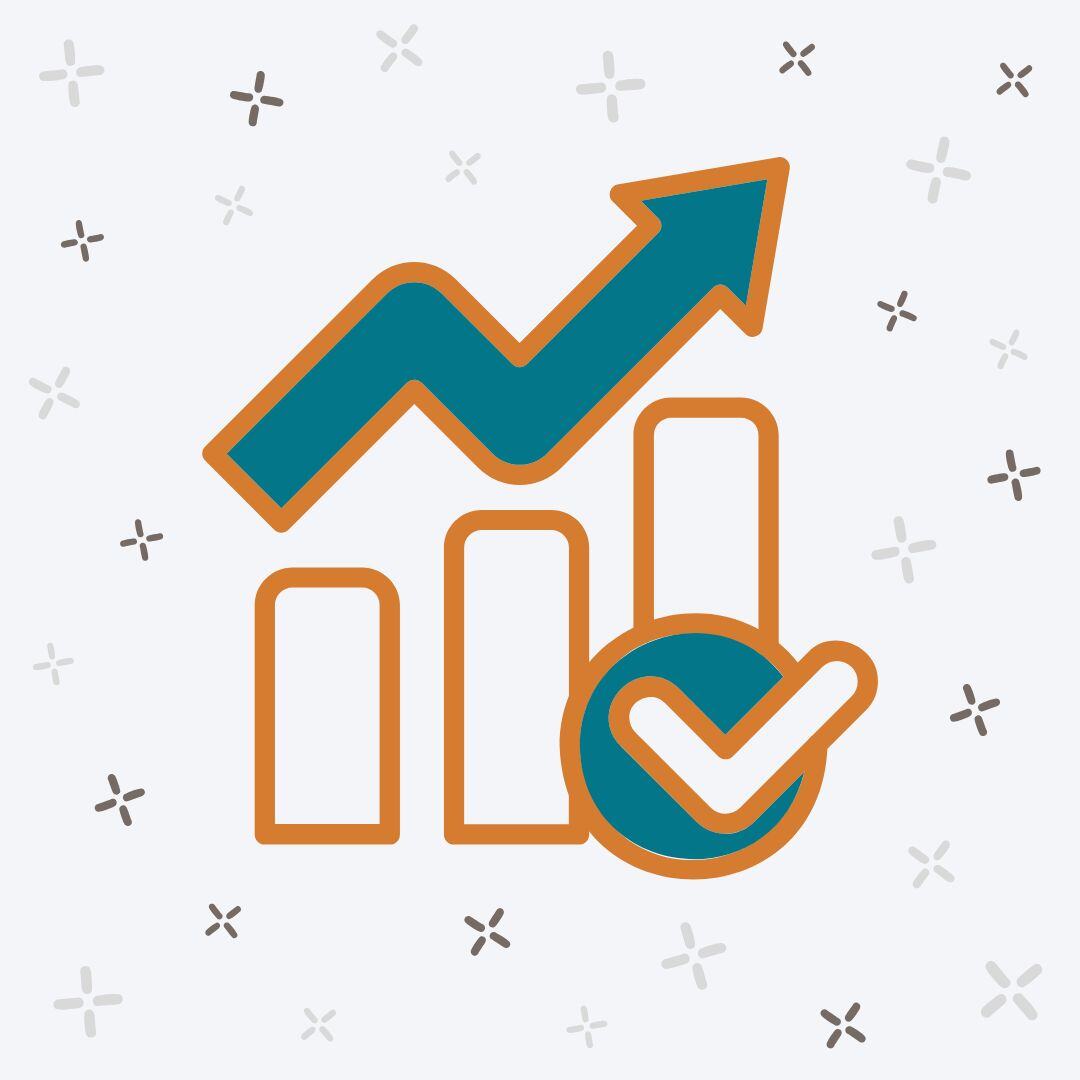- November 20, 2024
2025 401(k) Contributions Limits and New ‘Super Catch-up’ Rule
Personal Finance| Tax Planning
read moreHappy New Year!
After months of debate, the $900 billion “Coronavirus Stimulus 2.0” bill was signed into legislation on December 21, 2020. The bill was attached to a larger appropriations act (the “Consolidated Appropriations Act, 2021”), which provides federal funding through September 2021.
The package will provide aid to millions of households through stimulus checks and enhanced federal unemployment benefits. There is also money for small businesses, schools, and vaccine distribution. The bill, however, is seen by many as a short-term relief package until the Biden Administration introduces additional relief later in 2021 to address reductions in stimulus with the current package.
After the passage of the CARES Act earlier in 2020, many wondered if they would qualify to receive a stimulus check. This time around the base amount of payments is $600 (versus $1,200 with the CARES Act). Like the CARES Act, the AGI (Adjustable Gross Income) thresholds in which a taxpayer’s base Additional Recovery Rebate begins to be phased out are as follows:
** Rebate checks reduced $5 per $100 of income above the limits (and based “only” on the taxpayer’s 2019 income)
For single filers, married taxpayers filing a separate return, and qualifying widow(er)s, their second stimulus payment will be reduced to zero if their 2019 AGI is $87,000 or above. A full phaseout did not take effect for this group with the first-round payments until their AGI reached $99,000. For joint filers, if AGI exceeds $174,000 there is no rebate check—it went away for them at $198,000 under the CARES Act.
The second round of stimulus payments for the taxpayer are the same as payments to dependents. Each qualifying family member will receive $600. With the CARES Act, eligible taxpayer(s) received the $1,200 while dependents were sent $500 payments. Those qualifying as dependents are the same as under the CARES Act, i.e., qualifying children age 16 and under. College students 24 and under are not eligible.
Families with a greater number of eligible individuals will have a larger phaseout range.
The Coronavirus stimulus checks are technically an advance of a special tax credit for the 2020 tax year. It is a payment from the government handled through the IRS. Stimulus checks are nontaxable and will not be included as taxable income in 2020.
It is unclear exactly when stimulus payments may arrive. The bill, however, does include a deadline. The IRS is not permitted to send any second stimulus checks after January 15, 2021.
If the IRS has your bank account information as provided with prior tax returns, you can expect faster delivery via direct deposit to the same account. Otherwise, look for a paper check in the mail.
The IRS maintains a site for tracking your payment. Currently the site is offline but should be operational soon. Click here to get the status on your payment once the site is back online.
With this second relief package, Congress will extend unemployment benefits of up to $300 per week. This contrasts with the $600 per week in addition to state benefits that was part of the CARES Act. The extension runs through March 14, 2021 (11 weeks).
The Pandemic Unemployment Assistance fund was also extended for 11 weeks. The fund provides unemployment benefits to individuals who ordinarily are not eligible for such benefits, such as those who are self-employed.
For small business owners, the latest Coronavirus relief package makes meaningful revisions and clarifications to the PPP rules. With the PPP, small businesses can borrow money from private lenders without providing collateral or personal guarantees. The loans are not required to be repaid provided they are used to cover certain expenses for businesses that are struggling due to the pandemic.
The original PPP made it clear funds received as part of the program would not be included as taxable income. Language in the recent bill provides a “fix” to IRS rules making business expenses paid with forgiven PPP loans tax deductible.
If you own a business or operate a non-profit and did receive a loan under the original PPP, the opportunity to apply for financing from the “round one” program has been reopened.
For a PPP loan to be forgiven, funds received must be spent on a specific set of qualifying expenses. For example, 60% of the loan must have been used for payroll expenses (broadly defined) and no more than 40% was to be spent on rent, utilities, and mortgage interest. The new bill expands the 40% to include 4 other categories.
To receive a “second draw” loan, the business must have experienced a drop in revenue exceeding 25% during any quarter in 2020 as compared to the same quarter in 2019.
The recent bill included changes made to the Internal Revenue Code that are worth mentioning:
There are many other aspects of the Appropriations Act that are not covered in this post, but these are key elements that we think will be of interest to clients. As with most tax and spending bills passed by Congress, there are many moving parts. Please do not hesitate to contact us with any questions.
Wishing you a healthy and happy 2021!
For information regarding our blog disclosures, click here.

Personal Finance| Tax Planning

Personal Finance| Tax Planning

Personal Finance| Tax Planning

Personal Finance| Tax Planning

Personal Finance| Tax Planning

Personal Finance| Tax Planning
Let our advisors help clarify your current financial situation and give you a plan for working towards your long-term goals.

